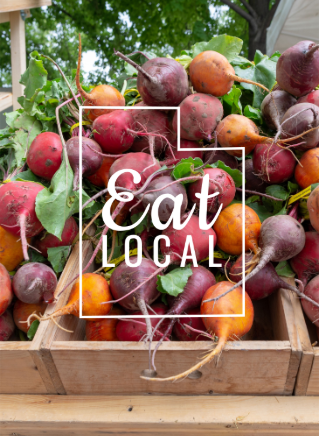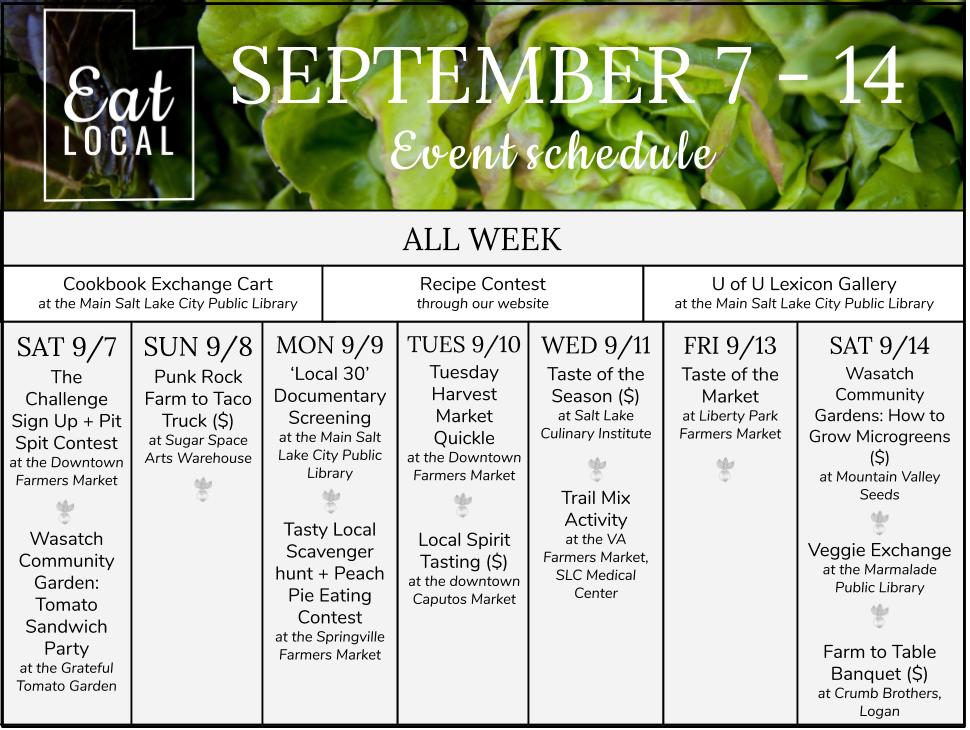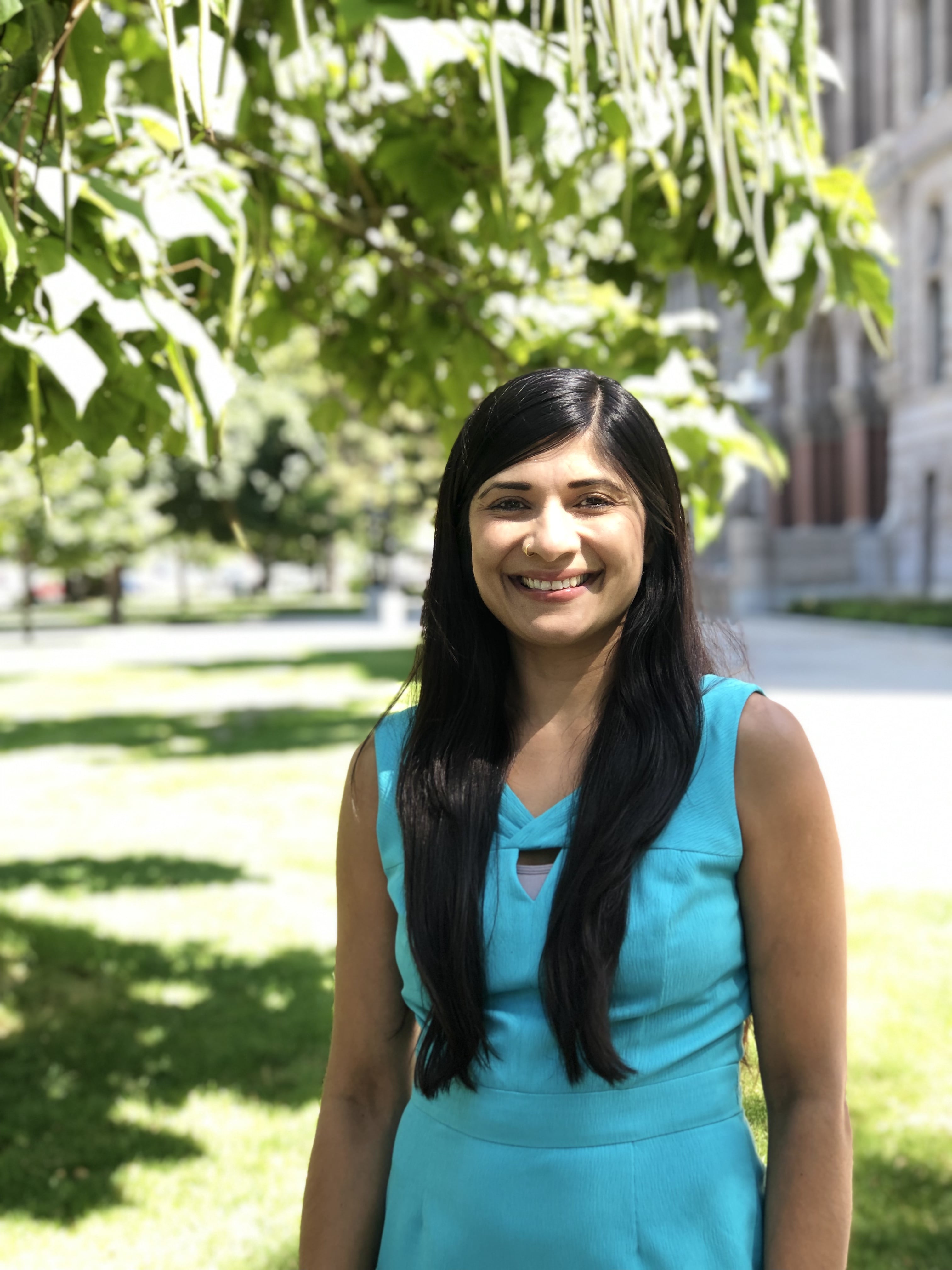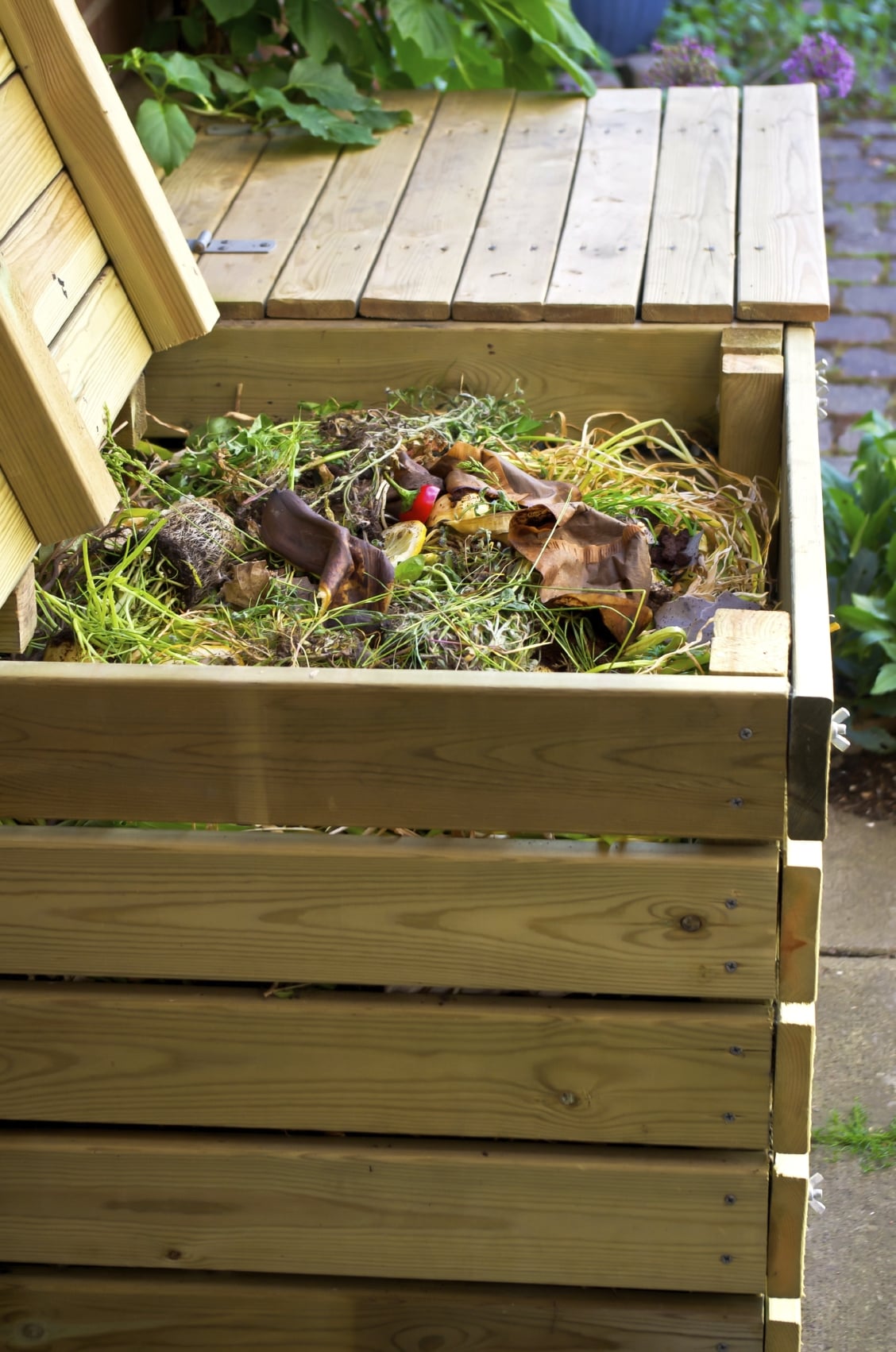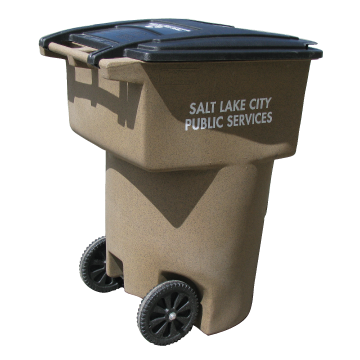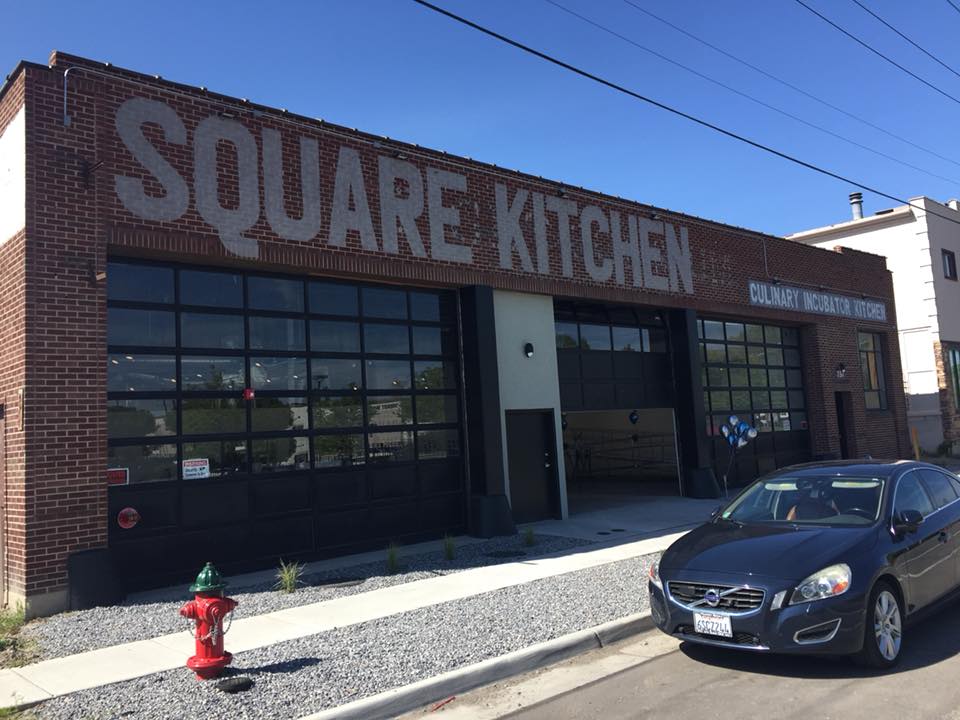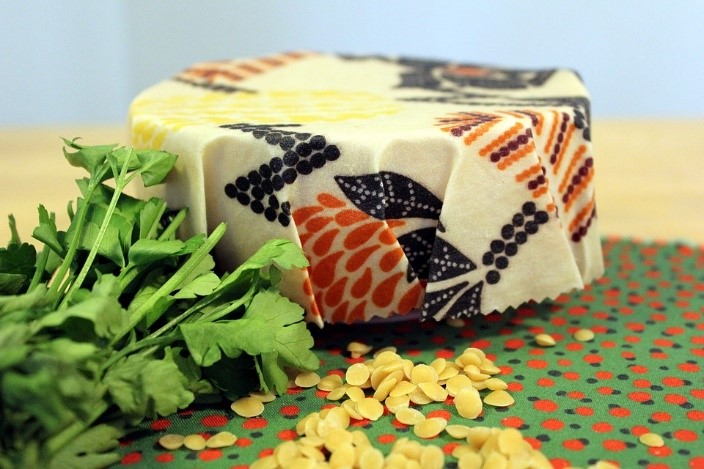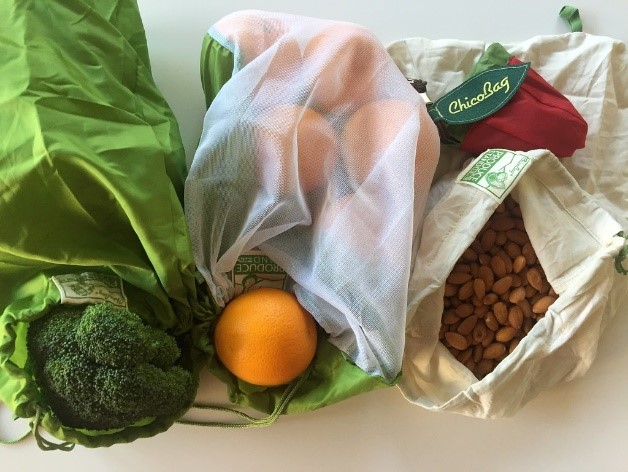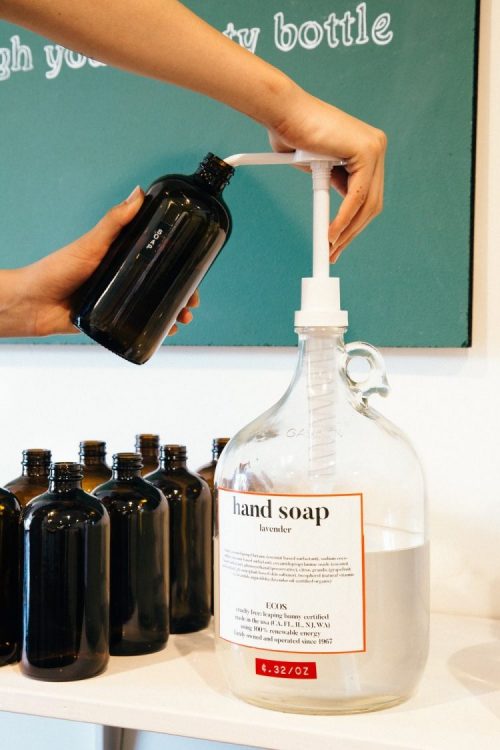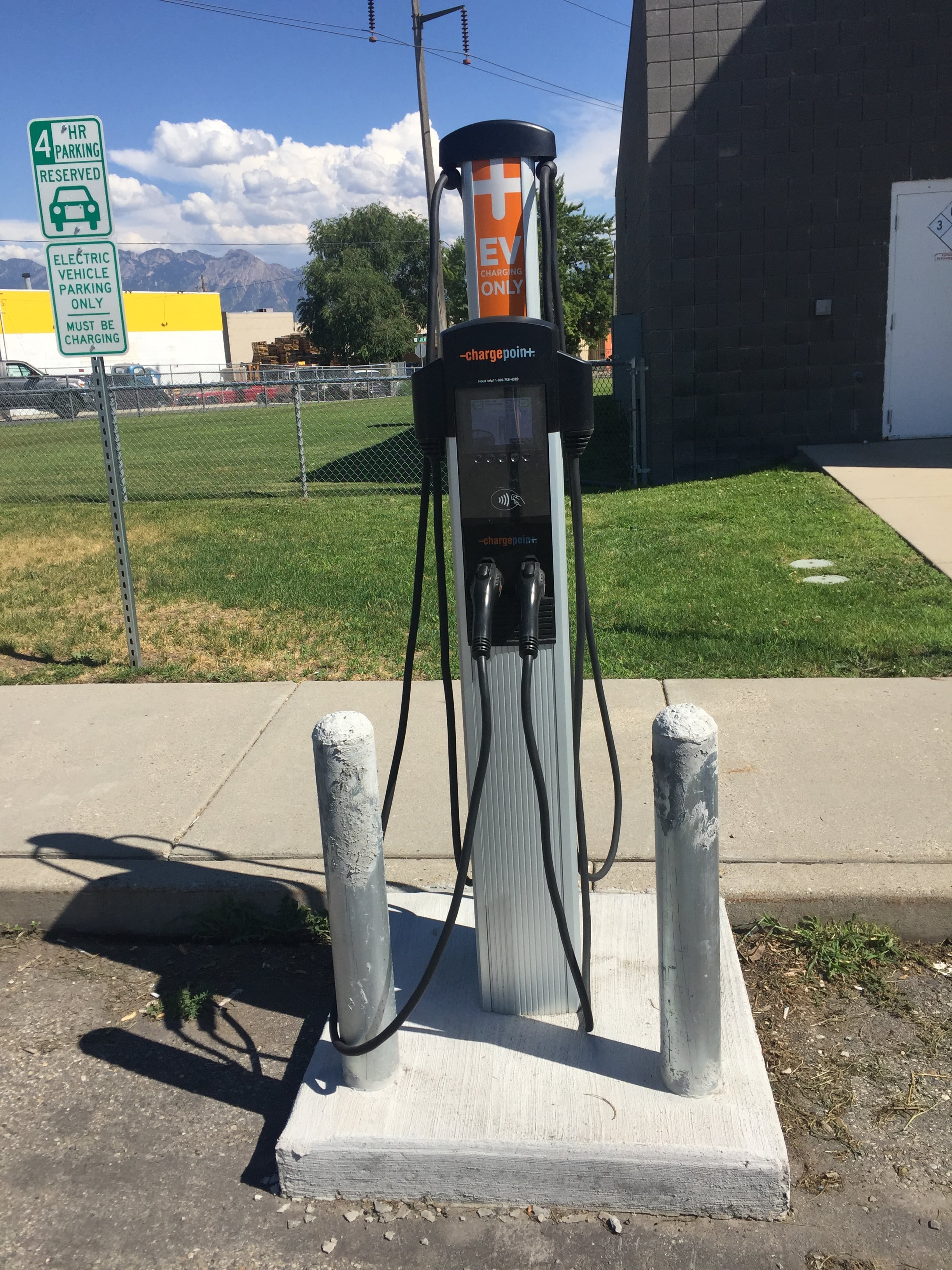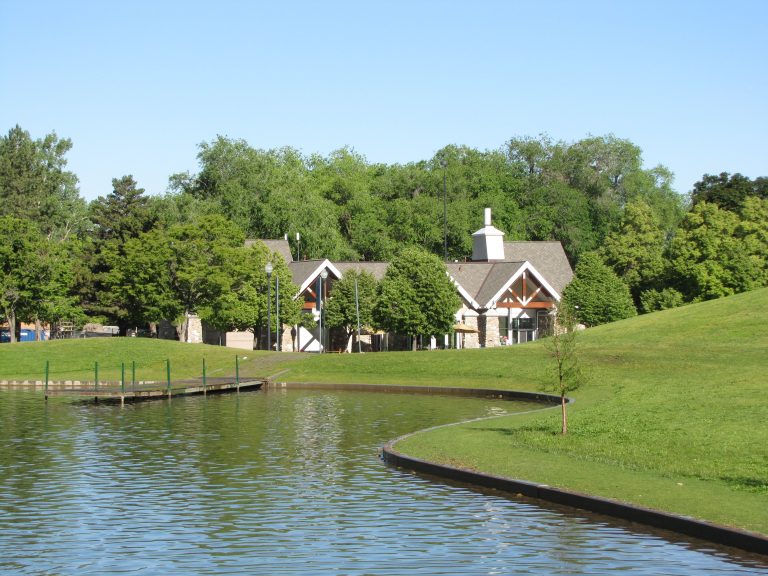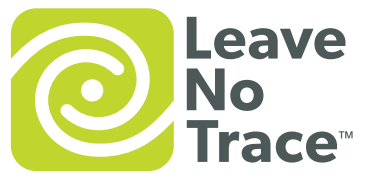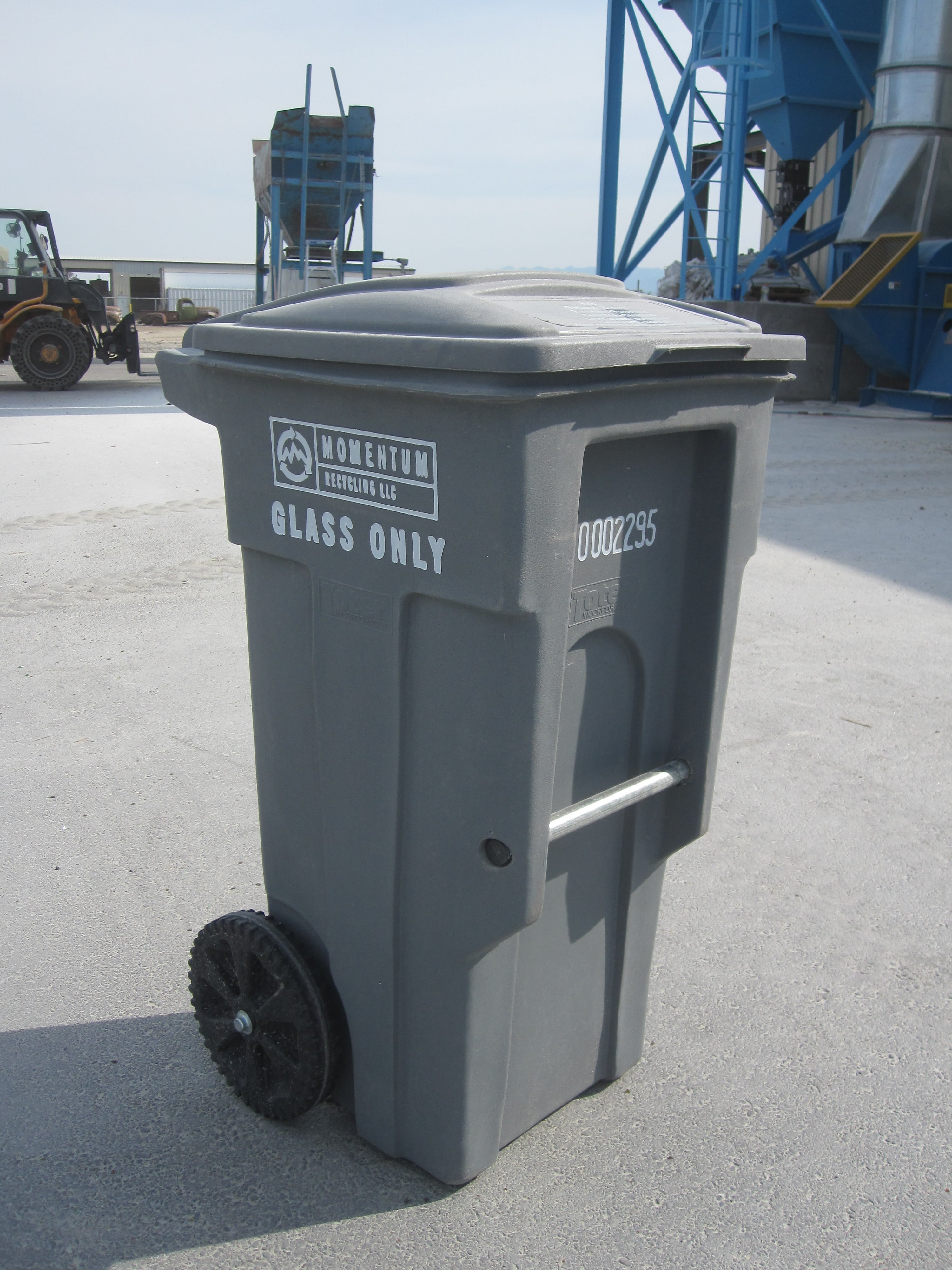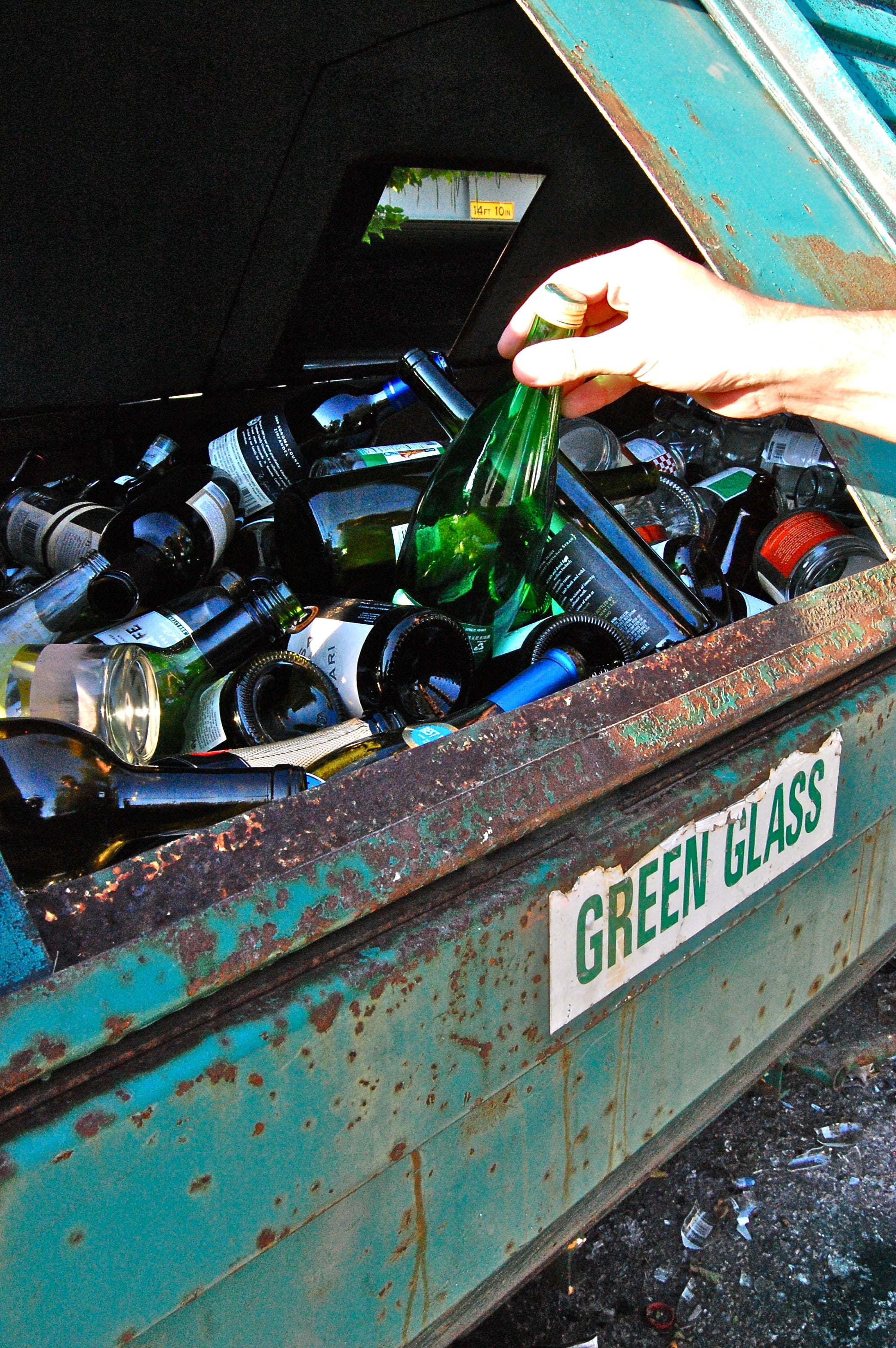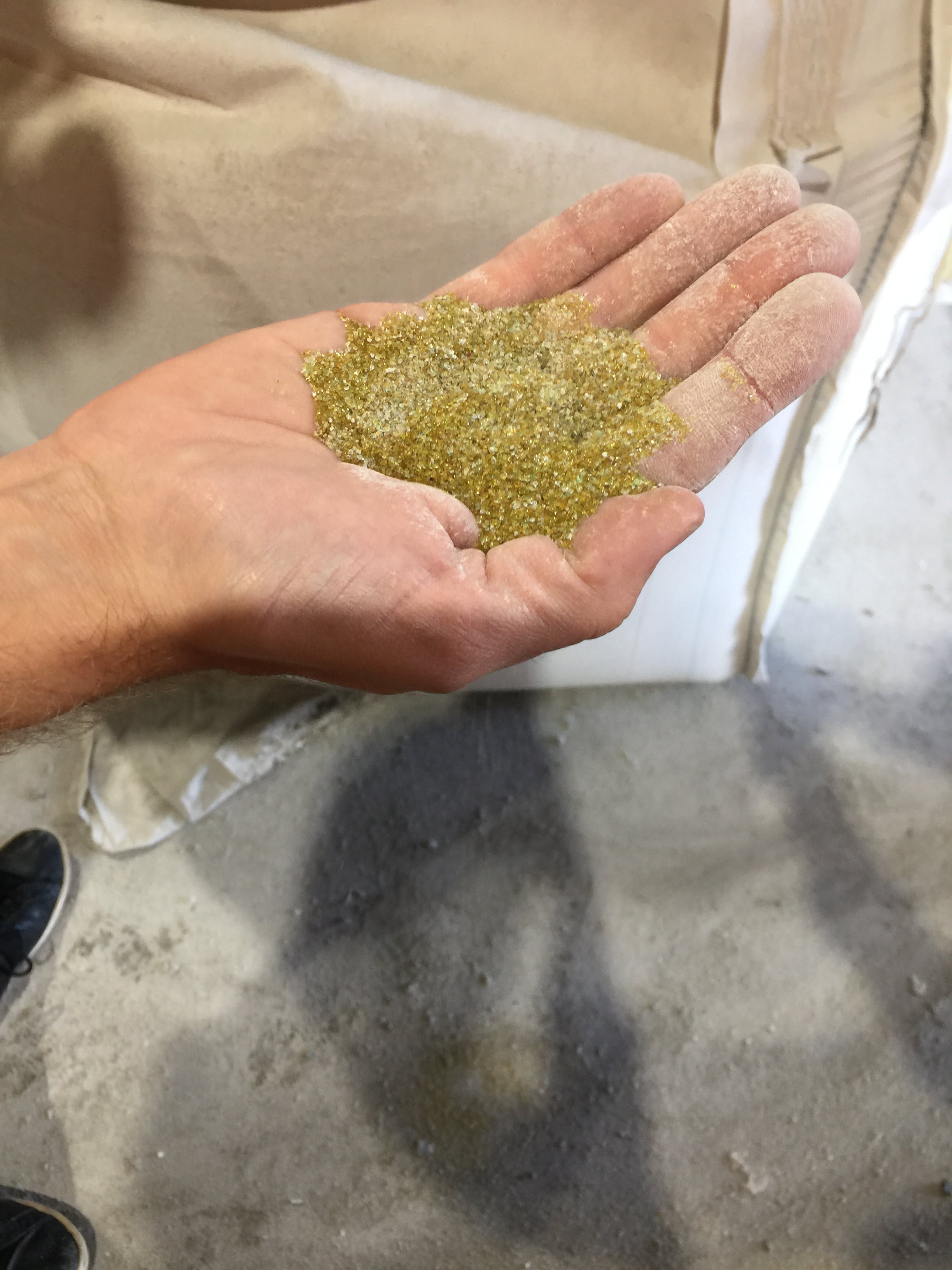Have you been wanting to reduce the amount of plastic waste in your life, but needed a push to get started? Plastic Free July is the perfect time to cut out those unnecessary plastics.
What is Plastic Free July?
Most of us know that plastic is a big issue for the environment. Plastic pollutes our oceans, threatens wildlife, and introduces toxic chemicals into our environment. That’s where Plastic Free July comes in.
Plastic Free July is an international campaign that promotes reducing our use of single-use plastics. The movement began in Australia and has spread worldwide. Now, millions of participants are finding creative ways to substantially reduce the amount of plastic waste in their homes and communities.
Eco-friendly 4th of July
Summer is a time of celebration, picnics, and the 4th of July. Extra parties and holidays don’t have to mean extra waste. You can keep plastic out of your 4th of July festivities and all your summer celebrations!
Help make July plastic free by remembering these helpful tips:
- Bring your own bags to the store: Whether you’re prepping your 4th of July barbecue or going on your normal grocery run, pack your reusable shopping bags. Plastic bags cannot be recycled in the blue bins, so bringing reusable bags makes a world of difference. While most people know to bring their own grocery bags, not everyone thinks to bring their own produce bags. Consider finding canvas or mesh bags for your fruits and veggies.
- Use reusable containers/packaging: Another way to reduce your plastic use is by rethinking the packaging. You can pack meals in reusable beeswax wraps, or Tupperware containers. You can even bring your own containers when you’re shopping for bulk ingredients like nuts, trail mix, or baking supplies.
- Bring your own reusable cutlery, glasses, and plates: Encourage guests to bring theirs from home, which saves you the dish washing.
- Bake goods at home: Many snacks and desserts like chips, crackers, cookies, etc. come in individual plastic packaging. But remember: there’s nothing better than a homemade treat! Get creative in the kitchen and find a recipe online for tasty, homemade snacks for your gathering.
- Make more eco-friendly swaps: Once you start to notice it, there are many plastic-free alternatives to the products we buy. For example, you can bring soda in cans instead of bottles or buy in bulk instead of individual packaging. If disposable plates/cups are an absolute must, use paper instead of plastic or Styrofoam.
Sustainable SLC
Going plastic free can seem daunting, especially when everything we buy seems to be wrapped in the stuff. It can be difficult to find places that accommodate a plastic free lifestyle. Thankfully, Salt Lake City has some great resources for your plastic free journey.
Hello! Bulk Markets
Hello Bulk is a package free grocery store where you bring your own containers and fill up on a variety of bulk goods. They carry the widest variety of bulk foods and household products in the area. They offer several options for baking goods, herbs and spices, beans and nuts, tea and coffee body care, cleaning supplies and a lot more. When you bring in your own container, Hello! Bulk will weigh the jar and get the tare. Then you fill up on all the goods, plastic free!
Check out Hello! Bulk Markets at 355 N 500 W, Salt Lake City, UT 84116.
Animalia
A great local shop for all things sustainable is Animalia. Animalia boasts several handmade and sustainable goods, curated with conscious thought towards transparency in business, and artisans who take pride in their products. They feature several sustainable swaps to help you refuse plastic, from glass straws, produce bags, and reusable mugs. Animalia also has a refill station for body care and house cleaning items including shampoo, lotion, deodorant, dish soap, laundry detergent, and more.
You can visit Animalia at 280 900 S, Salt Lake City, UT 84111.
Thrift Shops
Clothes might not seem like much of a culprit for plastic, but plastic shows up in surprising ways. Many synthetic fabrics including polyester, nylon, acrylic, faux leather, suede, and fur, are all actually plastic. Washing these fabrics releases tiny plastic fibers. These fibers can make their way into the ocean, threatening sea life and our food chain.
What’s worse is that many of these synthetic fabrics are used in fast fashion items – garments that are worn for a short amount of time and then never used again. Fast-fashion can be anything from a trendy branded sweatshirt, to a faux-leather statement bag.
While not specifically single-use, clothing still contributes to the plastic problem. Buying used from vintage and thrift stores is a great way to give old items new life, and prevent new plastics from entering the waste stream.
Your Local Grocer
There are many other grocery stores that offer items in bulk, mainly snacks, grains, and spices, including national chain stores such as Whole Foods, WinCo, Smith’s, and Sprouts. Some stores may have policies against bringing containers from home, however; so be sure to ask whether you’re allowed to bring your own container. Some people suggest bringing canvas or mesh bags instead of jars to help lighten the load.
Join the Plastic Free July Challenge
Go plastic free this month and join the millions of others dedicated to keeping our streets, oceans, and planet clean. Small actions done by many can make a huge difference in the long run.
Learn more about Plastic Free July at https://www.plasticfreejuly.org/ and take on the challenge. Find stories on how others have reduced their use of single-use plastics at home and in their communities. They also feature several helpful tips on how you can go plastic free this month (and year-round)!
